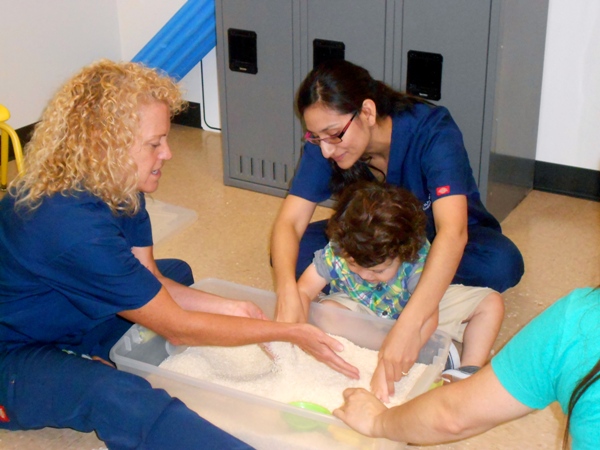What are the Main Causes of Depression for Those with Asperger’s Syndrome?
Why are there higher rates of depression in those with AS? There may be some genetic predisposition to depression for some, but this doesn’t explain most cases of depression. One reason for depression is isolation and loneliness. Despite the misconception that people with AS prefer being alone, research shows that many with AS want friends. Children and teens with AS are often lonely and feel their friendships aren’t “quality.” They’re looking for company, safety and acceptance to give them a sense of confidence. Those who have friends may have a lower tendency towards depression. However, many with AS who experience social anxiety or lack social skills in joining, starting, and maintaining friendships don’t have the tools to have the friends they want.
Another reason for depression is the experience of being bullied.
Studies have suggested that a majority of those with AS experience bullying. This isn’t surprising given the drive towards conformity and the emphasis on social status among middle school children in particular, but also among high school students and even older individuals.
There isn’t a cultural norm of tolerance of neurodiversity, or even of most kinds of diversity.
Qualities of those with AS that engender bullying are
- lack of awareness of social cues;
- cognitive rigidity;
- interests or behavior labeled ‘odd’;
- and hypersensitivity.
AS individuals have difficulty flexibily and astutely responding to bullies. Some with AS tend to be submissive and anxious in response, which empowers bullies to continue. Still others lash back, which gets them in trouble.
In my own practice, my Asperger’s teenagers and young adults have often been bullied and carry the wounds of bullying deeply ingrained in their sense of self-esteem.
Dr. Marcia Eckerd has been in practice as a licensed psychologist since 1985. I am on the CT ASD Advisory Council and the Clinical Advisory Committee of the Aspergers/Autism Association of New England, as well the professional advisory board of Smart Kids with LD. Aspergers101 is honored to offered the knowledge and experience of Dr. Eckerd through her informative blogs!













 That is why a “feelings chart” or “emotion rating scale” can be such an important strategy.
That is why a “feelings chart” or “emotion rating scale” can be such an important strategy.